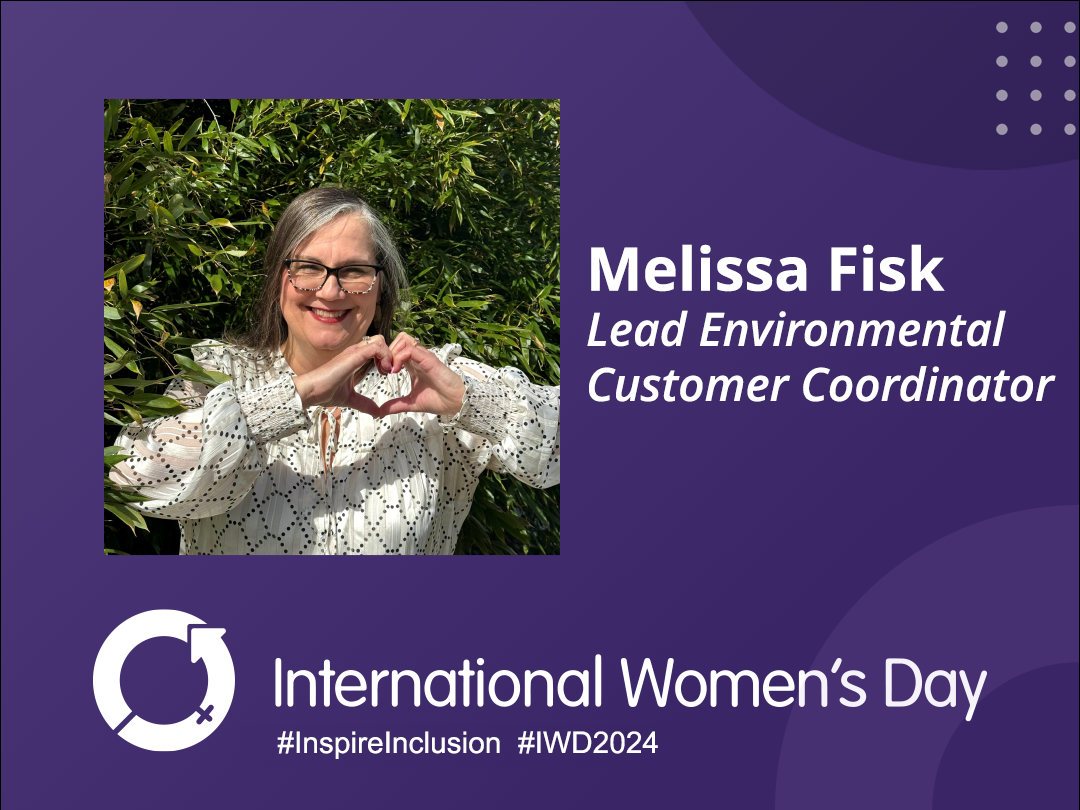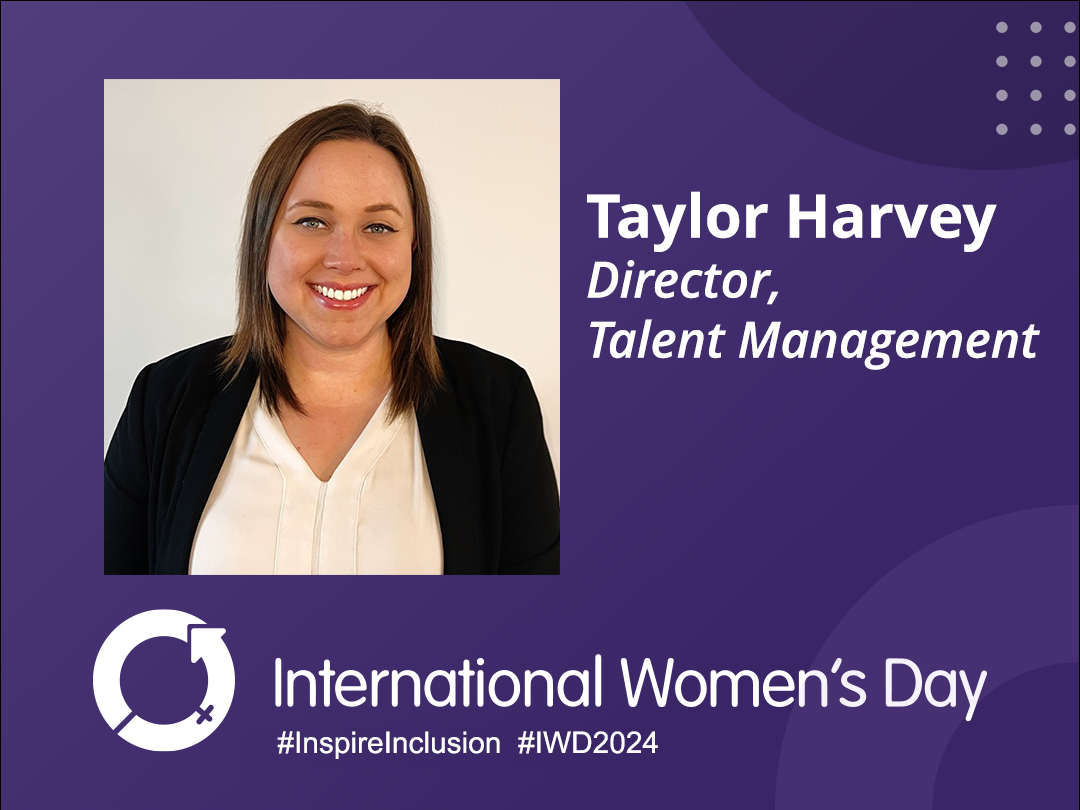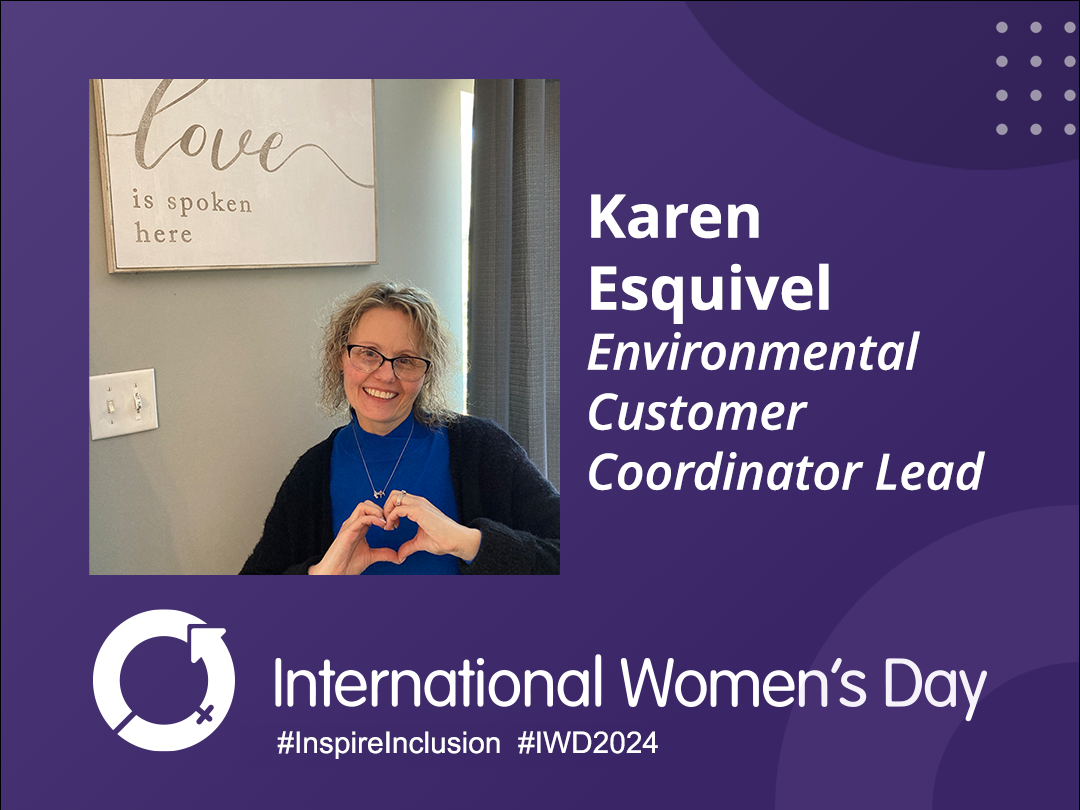In the past we have covered the subject of surface impoundments in some detail. From design and operation to inspection and response actions, we have taken a close look at what that type of land disposal unit is used for and how one must be managed. Today we are going to take a similar look into hazardous waste piles.
The regulations concerning waste piles can be found in Part 264/265, Subpart L of 40CFR. Basically, a waste pile is a pile of noncontainerized solid, non-flowing hazardous waste. Waste piles are not a disposal method but merely serve as a storage and/or treatment option for generators. Because they are not an end-of-life stage for waste, Subpart L does not contain post-closure care regulations. However, waste piles do sometimes need to close with waste still in place. If this happens, the waste pile is closed as a landfill and is susceptible to all applicable regulations. This is discussed in more detail below.
According to the EPA, “owners and operators of permitted waste piles that meet special requirements are subject to reduced regulation. Specifically, the waste pile must be located inside or under a structure and not receive free liquid, protected from surface water run-on, designed and operated to control dispersal of waste, and managed to prevent the generation of leachate. If these standards are met, the owner and operator of the permitted waste pile are exempt from groundwater monitoring requirements, as well as the design and operation requirements for waste piles.”
How are waste piles designed?
The minimum technological requirements (MTRs) for waste piles are just about the same as those of surface impoundments. These requirements include the need for new units, lateral expansions, and replacement units to be equipped with a double liner and leachate collection and removal system (LCRS). Additionally, waste piles, with some exceptions, require a second leachate collection and removal system above the top liner.
A permitted waste pile that is not subject to MTR (things like units, lateral expansions, or replacements that were commenced before July 29, 1992) only needs to have one liner and meet basic LCRS requirements. The EPA states, “interim status waste piles that are not subject to MTR are subject only to liner, run-on, and run-off controls if leachate or runoff is found to be a hazardous waste.”
How do you close a waste pile?
As mentioned earlier, a waste pile is a storage or treatment area as opposed to an end stage disposal option for hazardous waste. Because of this, prior to closure all waste residues and contaminated subsoils and equipment must be removed or decontaminated at closure. According to the EPA, “if an owner or operator removes or decontaminates all waste residues and makes all reasonable efforts to remove or decontaminate all structures and soils and finds that some contamination remains, the waste pile will then be subject to the closure requirements for landfills, including post closure care.”
Are there special requirements for different kinds of wastes?
As with many storage options, RCRA puts special requirements on storing ignitable or reactive wastes in waste piles because these types of materials “require continuous protection from conditions that could cause them to ignite or react.” Similarly, there are regulations prohibiting the placement of incompatible wastes or materials in the same waste pile unless certain precautions are taken to avoid incident. Lastly, if an owner/operator plans to manage dioxin-containing waste he or she must have a special management plan approved by the Regional Administrator or authorized state.
What’s the difference between a waste pile and a containment building?
According to the EPA, “containment buildings, sometimes characterized as ‘indoor waste piles,’ are units used to hold noncontainerized piles of hazardous waste. The difference between waste piles and containment buildings, from a regulatory standpoint, is that containment buildings are not land disposal units. For this reason, containment buildings are designed with a container system rather than a liner and leak detection system.”
Quoted and EPA cited information (unless otherwise noted) for this blog post was gathered from the EPA document, “Introduction to Land Disposal Units.” As always, this blog post is not intended to be comprehensive and it is always best to check with the EPA and local government for full, up-to-date, rules and regulations.
More News From Heritage
-
3/12/24
Equal Pay Day – Spotlighting Our Female Drivers
-
3/8/24
International Women’s Week Spotlight – Shannon Dippel
For International Women's Week, we're spotlighting some of the incredible women in the Heritage family. Our final spotlight is Shannon Dippel.
-
3/8/24
International Women’s Week Spotlight – Susan Adams
For International Women's Week, we're spotlighting some of the incredible women in the Heritage family. Our sixth spotlight is Susan Adams.
-
3/7/24
International Women’s Week Spotlight – Lea Wilson
For International Women's Week, we're spotlighting some of the incredible women in the Heritage family. Our fifth spotlight is Lea Wilson
-
3/7/24
International Women’s Week Spotlight – Melissa Fisk
For International Women's Week, we're spotlighting some of the incredible women in the Heritage family. Our fourth spotlight is Melissa Fisk.
-
3/6/24
International Women’s Week Spotlight – Taylor Harvey
For International Women's Week, we're spotlighting some of the incredible women in the Heritage family. Our third spotlight is Taylor Harvey
-
3/5/24
International Women’s Week Spotlight – Karen Esquivel
For International Women's Week, we're spotlighting some of the incredible women in the Heritage family. Our second spotlight is Karen Esquivel.
-
3/5/24
Heritage Environmental Services Announces HP Nanda as CEO; CEO Jeff Laborsky Transitions to Board of Directors
Heritage Environmental Services (“HES”) announced today that HP Nanda will join the organization as CEO.








